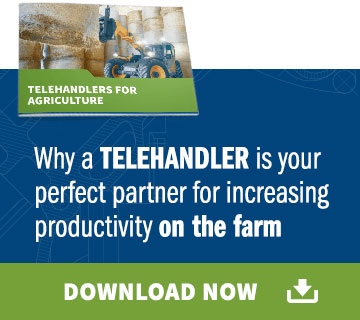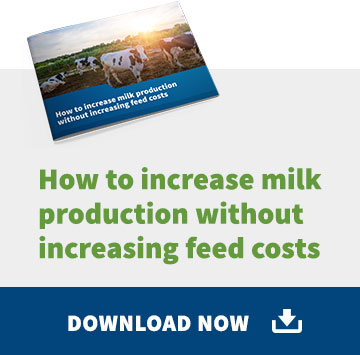Clean Forage Harvesting for Healthy Herds
PRACTICAL TIPS FROM SIP FOR NZ FARMERS & CONTRACTORS.
When it comes to forage harvesting, yield isn’t the only measure of success. Feed quality, cleanliness, and consistency directly affect animal performance — and ultimately the bottom line for New Zealand farmers and contractors. That’s why Webbline has partnered with SIP, bringing over 60 years of innovation in hay mowers, tedders, and rakes designed for clean forage. Together, we’re sharing practical SIP Tips to help farmers get the most out of every season.
What is ‘clean forage harvesting’ and why does it matter?
Clean forage is feed free from soil, stones, and other contaminants picked up during harvest. While plants naturally contain beneficial minerals (internal ash), external ash — dirt, dust, and grit — adds no nutrition, dilutes energy, and can cause problems at feedout.
A key indicator of forage quality is ash content — the level of minerals and soil present.
- Internal ash (naturally occurring minerals like calcium and potassium) is beneficial.
- External ash (soil, sand, stones) adds no nutritional value and can dilute energy, disrupt silage fermentation, and cause animal health issues.
Clean forage isn’t just about appearance — it directly affects:
- Animal health & performance: Soil and stones don’t provide nutrition but do take up space in the diet. High ash levels can reduce intake, lower milk yields, and slow weight gain.
- Silage fermentation: Contamination disrupts fermentation, raising the risk of mould, poor preservation, and reduced palatability.
- Equipment wear & tear: Grit and stones accelerate wear on harvesters, mixers, and feeding machinery.
- Feed efficiency: Cleaner forage holds more usable energy per bale or clamp, meaning less waste and better returns per hectare.
How to keep your forage clean
While soil contamination can’t be eliminated completely, these practices make a big difference:
- Set the right cutting height: Avoid scalping by mowing at 5–7.5 cm, or higher in wet conditions.
- Keep knives sharp: Clean, even cuts reduce soil drag.
- Make wide swaths: Promotes faster drying and less ground contact.
- Adjust rakes and tedders correctly: Prevent scratching into soil.
- Choose equipment that adapts to NZ terrain: The right design matters whether you’re in flat paddocks or steep country.
What is the SIP Advantage?
SIP machines are engineered with clean forage in mind:
- SILVERCUT Hay Mowers are a professional, terrain-adaptive range with a rigid power-transfer frame.
- DISC ALP Hay Mowers are lightweight side-disc units with a fully welded cutter bar, built for simple, reliable operation.
- SPIDER Tedders spread evenly while keeping spring tines clear of the soil.
- STAR Swather Rakes with walking tandem axles track ground precisely for cleaner swaths.
Designed tough for NZ Conditions
Our farming conditions are tough — from muddy winters to dry, dusty summers. The right harvesting practices and gear can be the difference between forage that fuels animal performance and forage that undermines it. With the right advice and machinery, clean forage means healthier stock, more productive herds, and greater efficiency on farm.
“If you’re contracting, clean forage is your reputation. SIP mowers, tedders, and rakes give you consistent results across every farm — and that’s what keeps clients coming back.”
Want to know more or talk through your setup? Reach out to one of the team today.


Scott Malcolm
Bergmann, Goweil, Mastek, Scannell, SIP (South Island) & Webbline Product Specialist
Based out of our Southland Branch
Winston Smith
Herron, McCauley, ROC, SIP (North Island) & Wilson Product Specialist
Based out of our Waikato Branch



